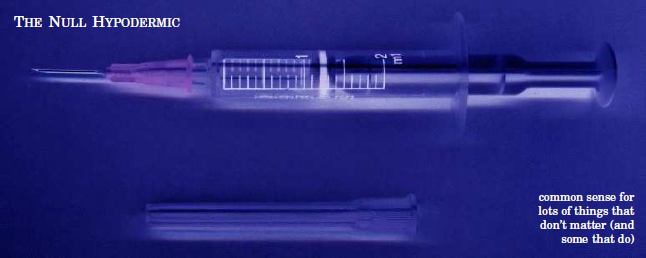A new post to satisfy the likes of the most evil being...in the universe.
My favorite Chinese app (whose continued absence from the iTunes Store is delaying my inevitable purchase of an iPhone) is headlined by a dictionary edited by the recently departed John DeFrancis, who taught Chinese for years at the University of Hawai'i. Aside from his 12-volume Chinese language textbook series, he's probably best known for The Chinese Language: Fact and Fantasy, an accessible deconstruction of several myths regarding the Chinese language: that the Chinese script is ideographic, for instance, or that it is specially tailored to facilitate communication between speakers of mutually unintelligible dialects.
At one point, DeFrancis goes even further and suggests that the Chinese script is not even logographic, with each character signifying a morpheme, but simply phonetic, with each character signifying a phoneme—albeit a tremendously inefficient phonetic script, since in many cases it has dozens of characters representing a single phoneme. He's talking here about what most people would consider homophones: characters like 出 to exit, and 初 the first or opening of a series, both of which are pronounced chū in Mandarin (the most widely spoken dialect). This idea is prelude to a discussion of various proposals to do away with Chinese characters entirely, using in their place a properly designed phonetic script.
At one point, DeFrancis goes even further and suggests that the Chinese script is not even logographic, with each character signifying a morpheme, but simply phonetic, with each character signifying a phoneme—albeit a tremendously inefficient phonetic script, since in many cases it has dozens of characters representing a single phoneme. He's talking here about what most people would consider homophones: characters like 出 to exit, and 初 the first or opening of a series, both of which are pronounced chū in Mandarin (the most widely spoken dialect). This idea is prelude to a discussion of various proposals to do away with Chinese characters entirely, using in their place a properly designed phonetic script.
DeFrancis's interpretation isn't as crazy as it might sound at first. In at least one limited case—the transliteration of foreign terms—the Chinese script is exactly an inefficient phonetic script. Lacking an official alphabet or syllabary, Chinese represents foreign terms using a sequence of characters, such as 巴巴多斯 bābāduōsī for Barbados. The inefficiency lies in that unless you've previously looked this term up, you'd have no good idea which four characters ought to be used to write out Barbados. There are lots of equally effective ways to write out Barbados using Chinese characters...but only one way that is considered "correct."
More generally, even though the distinction between the written forms 出 and 初 might seem vital to Chinese readers, since they mean different things, the morphemes represented by those characters are used all the time in speech, where there is nothing but context to distinguish them. Apparently, "nothing but context" works pretty darned well. There are written passages that consist of nothing but a long string of homophones—a sort of extended pun—but the fact that these are elaborately conceived literary jokes is actually an indication that the semantic disambiguation the different characters provide isn't strictly speaking necessary.
But I think that last point is an indication of why the Chinese script is not a phonetic script, or at least not only a phonetic script. Because even though the semantic disambiguation isn't necessary, I think it's pretty hard to argue that it doesn't help. One can read a passage in Chinese that is rendered only phonetically, but to someone who's literate, it's a lot faster with ordinary characters. Whether we're talking about an alphabetic language like English or a logographic one like Chinese, people typically read a lot faster than they can speak. To me, that indicates that there's something going on in the reading process other than just reproducing the sounds of speech. Robert Ramsey wrote in his book The Languages of China that there's still a lot we don't understand about the way Chinese people read. Without understanding more about that, it's premature to conclude that Chinese characters are a poor stand-in for a syllabary.

